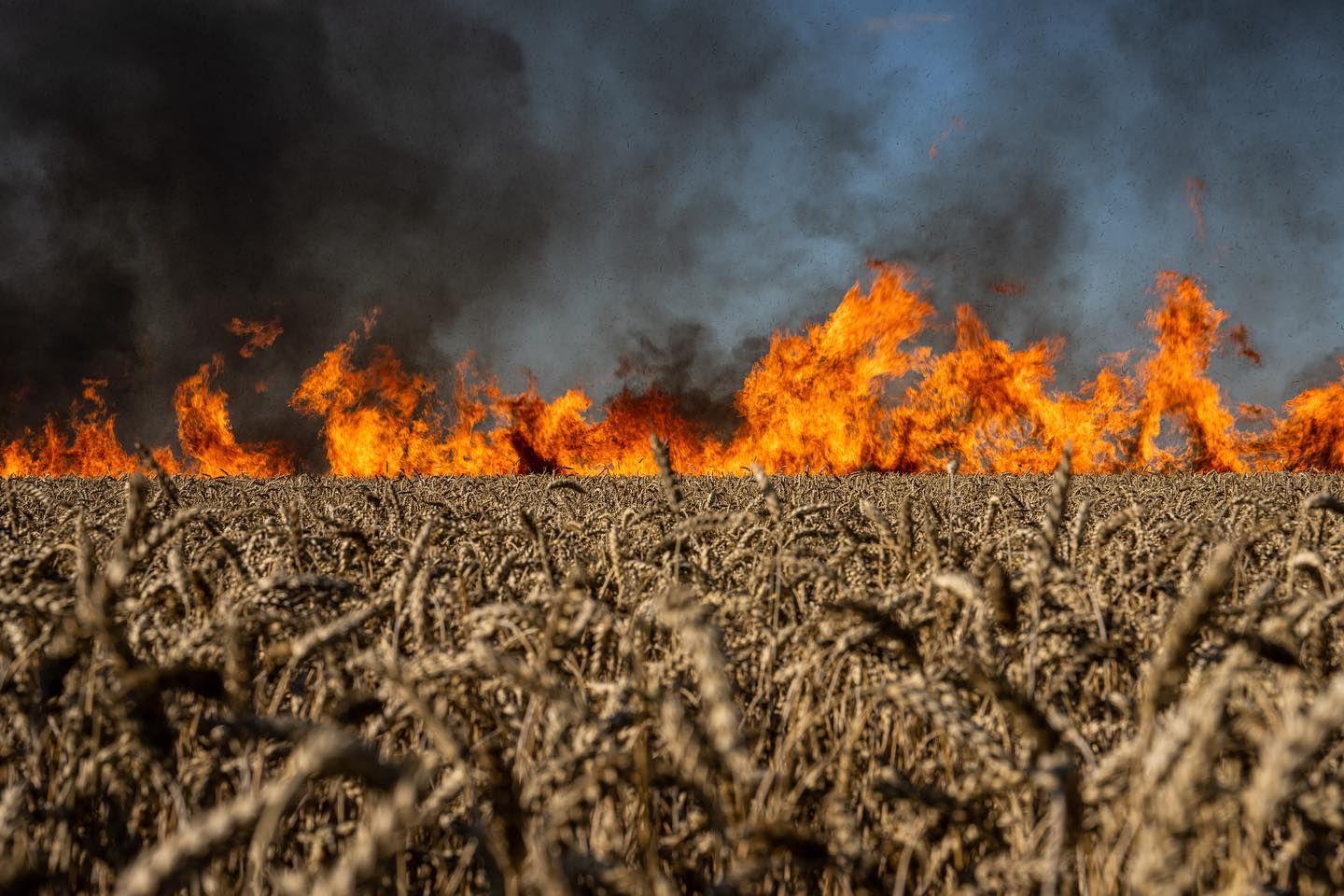From Nile Delta decay to Iowa’s cornfields, soils are collapsing. Can regenerative
practices and citizen science rewrite agriculture’s future? Dig into the solutions.
The Nile Delta’s silent crisis
In 2023, Egyptian farmers near the Nile Delta noticed something unsettling. The fertile soil
that had sustained their crops for millennia was turning brittle, cracked, and lifeless. Satellite
data soon revealed why: rising temperatures and erratic floods had stripped the region’s
soils of 20% of their organic carbon in a decade. This quiet crisis isn’t unique to Egypt. From
Australia’s dust bowls to Europe’s waterlogged fields, soils—the unsung foundation of food
security and climate resilience—are losing their ability to store carbon. The question now
haunting scientists and policymakers alike is stark: can we map, model, and salvage these
underground carbon banks before time runs out?
The critical zone: Earth’s fragile skin
Soil is far more than dirt. It forms part of the “critical zone,” the thin layer from bedrock to
treetops where rock, water, air, and life interact. This zone regulates 90% of terrestrial
carbon cycling, acting as both a carbon sink and a potential emissions source. Yet
understanding its complexity requires merging disciplines: hydrologists track water
movement, microbiologists study microbial decay, and climatologists model temperature
impacts.
“We’re trying to solve a 4D puzzle,” says a lead researcher from a recent international study
on soil carbon dynamics. Their work reveals a stark divide: temperate soils in regions like
Europe may gain carbon as warming boosts plant growth, while arid zones like Australia
face irreversible losses. But the bigger surprise? Over 30% of global soils fall into an
“uncertainty grey zone,” where data gaps make predictions impossible.
Machine learning meets mud: The race to map carbon stocks
To tackle this uncertainty, researchers are merging old-school soil cores with artificial
intelligence. Scientists recently trained algorithms on 15,000 soil samples worldwide, cross-
referenced with satellite imagery and climate models. The goal: predict how much carbon
soils can store by 2100 under different warming scenarios.
Early results highlight stark disparities. While France’s grasslands could absorb an extra 0.5
gigatons of carbon annually—equivalent to 5% of global fossil fuel emissions—models
suggest India’s intensively farmed soils may lose 10% of their carbon within decades. But
the tech has limits. “Machine learning is only as good as the data we feed it,” warns a
climate scientist involved in the study. “If we have no samples from Sudan or Siberia, the
models guess—often wrongly.”
The data deserts undermining climate action
Here lies a crisis beneath the crisis: soil data is concentrated in wealthy nations. Europe and
North America host 75% of the world’s soil databases, while Africa and South Asia remain
chronically understudied. Even existing data faces compatibility hurdles. Russia, which holds
20% of Earth’s soils, uses a Soviet-era classification system incompatible with global
standards.
This inequity has real-world consequences. When researchers simulated carbon storage
potential in Southeast Asia, missing moisture data from monsoon regions skewed results by
40%. “We’re fighting climate change with a map full of holes,” says Dr. Priya Patel, ageochemist unaffiliated with the study. “Without soil data equity, net-zero pledges are built
on quicksand.”
When lab models clash with reality
One of the most glaring gaps in soil science is the disconnect between controlled
experiments and real-world conditions. Lab studies often measure soil moisture by
saturating samples, a scenario rare in nature. Field tests in Kenya’s Tana River Basin, for
instance, showed that on-site soil retained 30% less carbon than lab predictions due to
fluctuating temperatures and human activity.
“Models assume uniformity, but nature thrives on chaos,” explains Patel. For example,
hydraulic conductivity—the soil’s ability to absorb water—varies wildly depending on farming
practices. Heavy machinery compacts soil, reducing its carbon storage potential by up to
50%. These nuances are rarely captured in broad climate projections.
Climate policy’s blind spot
These scientific challenges collide with geopolitics. At COP28, 134 nations pledged to
integrate soil health into climate action plans. But progress is slow. The EU’s Carbon
Removal Certification Scheme, launched in 2024, still lacks standards for verifying soil
carbon gains. Meanwhile, farmers in Kenya’s drought-stricken Rift Valley face a Catch-22:
adopt climate-smart practices or prioritise short-term survival.
Soil’s complexity defies silver bullets. Biochar, a charcoal-like substance, can lock carbon
into soils for centuries but requires costly infrastructure. “Regenerative farming,” touted by
NGOs, boosts resilience but seldom scales globally. “There’s no one-size-fits-all,” argues a
researcher specialising in agroecology. “What works in Iowa’s cornfields may wreck Ethiopia’s highlands.”
A call to dig deeper
The 2023 UN Food and Agriculture Organization report rings alarm bells: over half of global
soils are degraded, risking a 12% drop in crop yields by 2030. Yet solutions exist.
Collaborative efforts like the International Soil Modelling Collaborative now push for open-
data treaties and hybrid models blending AI with Indigenous knowledge.
Citizen scientists are also stepping up. Platforms like OpenSoilMap crowdsource data from
farmers using smartphone sensors, while universities in Nigeria and Brazil train locals to
collect and analyse samples. “Communities living on these soils must lead the conversation,”
says Patel.
Readers can act too. Scientists urge citizens to join soil-health initiatives like the Global Soil
Partnership or support policies mandating open agricultural data. For farmers, tools like the
Soil Carbon Atlas offer free regional projections.
As the Nile’s farmers grapple with barren fields, the message is clear: soil isn’t just dirt—it’s
the bedrock of civilisation. Will we invest in understanding it before the ground literally
vanishes beneath our feet?




